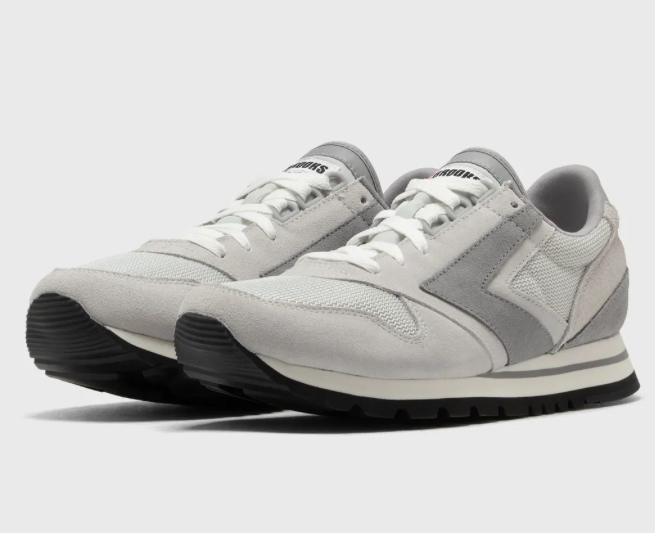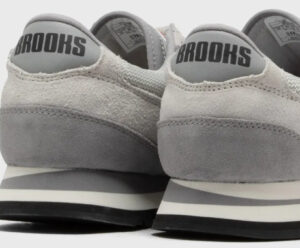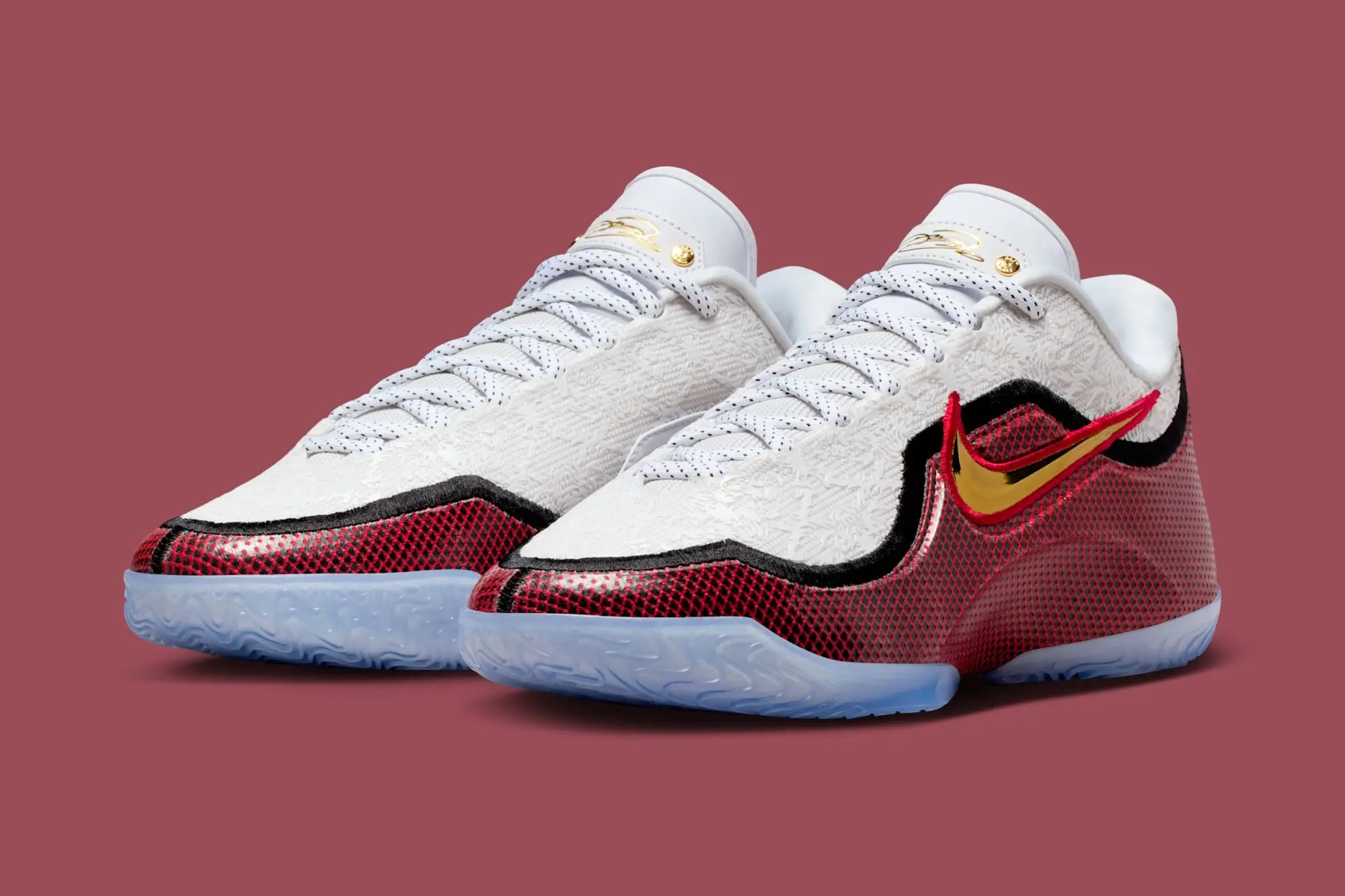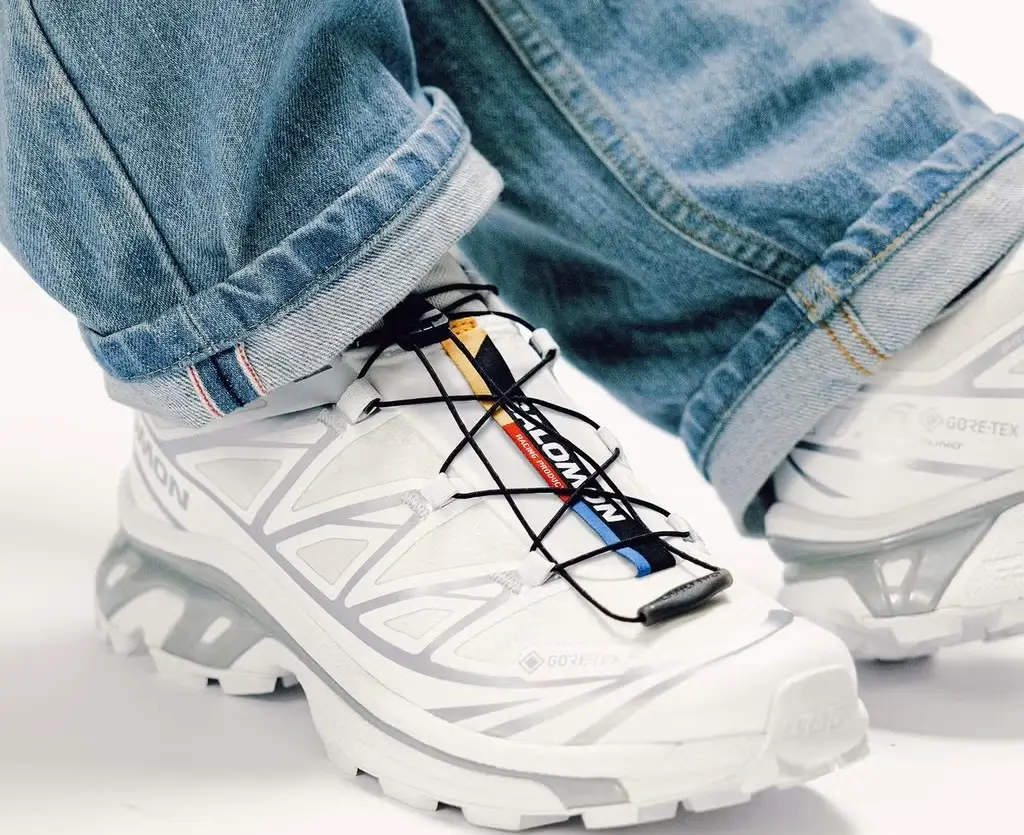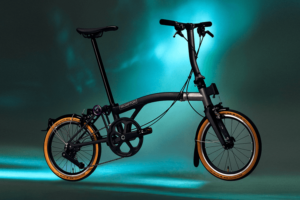In a world increasingly obsessed with cutting-edge performance metrics, hyper-modern foams, and carbon-plated propulsion, the quiet resurgence of the Brooks Chariot shoe stands as an act of reverence. Originally introduced in the 1980s during the golden age of American running, the Brooks Chariot was once a top-of-the-line performance trainer. Today, its return in a sleek GRAY/WHITE colorway marks not just a revival of archival style, but a return to a more grounded and aesthetically holistic relationship with movement. In this editorial, we examine the cultural, design, and emotional significance of the Chariot’s reappearance—especially in its neutral yet evocative GRAY/WHITE finish—within the broader ecosystem of retro running and lifestyle footwear.
A Heritage Icon, Recontextualized
To understand the weight of the Brooks Chariot’s return is to recognize its original position in the competitive 1980s running market. This was a time when brands like Brooks, Saucony, New Balance, and ASICS dominated with function-forward designs. Before the age of super-shoes and celebrity endorsements, it was the reliability of heel counters, the stability of dual-density midsoles, and the breathability of suede/mesh uppers that determined greatness. The Chariot was Brooks’ answer to that need: a shoe that balanced cushioning and support with a clean, aerodynamic silhouette.
Now reintroduced not as a top-tier technical runner but as a lifestyle classic, the Brooks Chariot does not chase trends—it reinforces lineage. Its rebirth in GRAY/WHITE underscores that pivot. This colorway, neither loud nor muted, reads as a confident neutrality—able to complement everything from tapered denim to track pants, from archival outerwear to postmodern tailoring. The design doesn’t scream nostalgia. Instead, it leans into its retro DNA with quiet conviction.
Form Over Flash
The Brooks Chariot in GRAY/WHITE is a study in proportion and restraint. The upper’s suede overlays evoke a time before synthetic domination, while the nylon underlays create subtle contrast without overcomplication. Brooks’ classic ‘arrow’ logo—bold but not over-scaled—remains faithful to its original branding. The heel tab and midsole striations maintain visual continuity from the forefoot to the back, reinforcing the shoe’s motion-ready aesthetic.
What makes this model endure is its commitment to balance. The midsole isn’t excessively stacked like modern maximalist runners, but neither is it stripped to the bone. There’s a reassuring stability that radiates from its dual-density EVA sole, one that recalls the intentionality of an earlier footwear philosophy—where every element had a reason for existing. The outsole’s herringbone traction and rigid heel counter remind us that the Chariot wasn’t designed to simply look fast. It was fast, in its time.
The GRAY/WHITE palette furthers this sense of timelessness. The blend of light charcoal tones with clean whites generates a wearable neutrality that enhances the silhouette’s sharp angles and geometric harmony. It reads almost like a grayscale study in architecture or industrial design, subtly nodding to the Bauhaus principle: form follows function.
Emotion in Utility
There is a warmth in the simplicity of the Brooks Chariot that goes beyond its materials. In the age of emotionally manipulative marketing and artificially induced scarcity, the Chariot’s value is felt in its humility. It doesn’t promise a podium finish or post your stats to Strava. It offers something more resonant: consistency, grounding, and a reminder of why people fell in love with movement in the first place.
The emotional pull of retro running shoes lies in their ability to anchor us to the past, but not in a sentimental or regressive way. Rather, they function as wearable time capsules—accessible artifacts of another era’s optimism, where technological breakthroughs felt tactile and product launches weren’t algorithmically orchestrated events. Wearing the Chariot today is a kind of tactile memory, not just of an aesthetic, but of a philosophy—where quality and purpose weren’t sacrificed for virality.
This emotional accessibility is amplified by the GRAY/WHITE finish. Unlike louder reissues that attempt to weaponize nostalgia through hyper-color blocking, this colorway is meditative. It invites calmness. In a climate of visual overload, it feels almost therapeutic.
The Contemporary Context: Archival Running in the Modern Landscape
Brooks’ decision to bring back the Chariot is not incidental. In the last decade, we’ve witnessed a powerful recalibration of sneaker culture. While hype-driven releases still dominate the resale markets, there’s been a steady uptick in appreciation for performance-rooted footwear with genuine historical context. The rise of Salomon, ASICS GEL retro models, and New Balance’s 99X series reflects a desire for silhouettes that convey technical pedigree, even when worn casually.
The Chariot fits neatly into this emergent category of “retro functionalism.” Unlike lifestyle sneakers that borrow aesthetic cues without substance, the Chariot was engineered for performance. Its reintroduction bridges the authenticity of function with the comfort of lifestyle wear—an intersection more relevant now than ever.
In the GRAY/WHITE form, it becomes particularly versatile. It fits easily into modern wardrobes that favor tonal layering, natural fibers, and utilitarian silhouettes. Whether paired with cargos and a windbreaker or wide-leg trousers and a crisp overcoat, the Chariot quietly asserts itself. It doesn’t overshadow, it integrates.
Sustainability, Durability, and the Slow Return
One overlooked merit of models like the Chariot is their contribution to sustainable consumption through longevity. While modern performance shoes often have limited lifespans due to their ultralight, high-tech materials, retro runners were built to last. Suede, nylon, and EVA are materials that age with character rather than decay. A well-kept pair of Chariots can outlast a hyped-up modern runner, both stylistically and structurally.
This durability complements a growing cultural interest in slower fashion, where fewer, better things matter more. By offering a shoe that doesn’t chase aesthetic obsolescence, Brooks aligns the Chariot with values of repairability, stylistic continuity, and long-term utility.
It’s not marketed this way, of course. But in an age when sustainability is often performative, the Chariot’s very construction and enduring form offer an implicit counterpoint: sometimes the greenest thing you can wear is what was already good enough.
Final Thoughts: More Than a Throwback
The Brooks Chariot in GRAY/WHITE is not merely a revival—it’s a meditation. A meditation on restraint in an era of visual noise, on authenticity in a landscape of simulations, on design that respects its function without pandering to its audience. It embodies a kind of wearable wisdom: that a shoe can be many things without becoming everything at once.
For those seeking escapism, performance excess, or social media fireworks, the Chariot may underwhelm. But for the individual drawn to purposeful design, historical resonance, and a calm visual cadence, it is a quiet triumph. A reminder that innovation isn’t always about what’s next. Sometimes, it’s about returning—returning to what worked, what endured, and what made us feel more connected to our bodies, our streets, and our time.
No comments yet.

